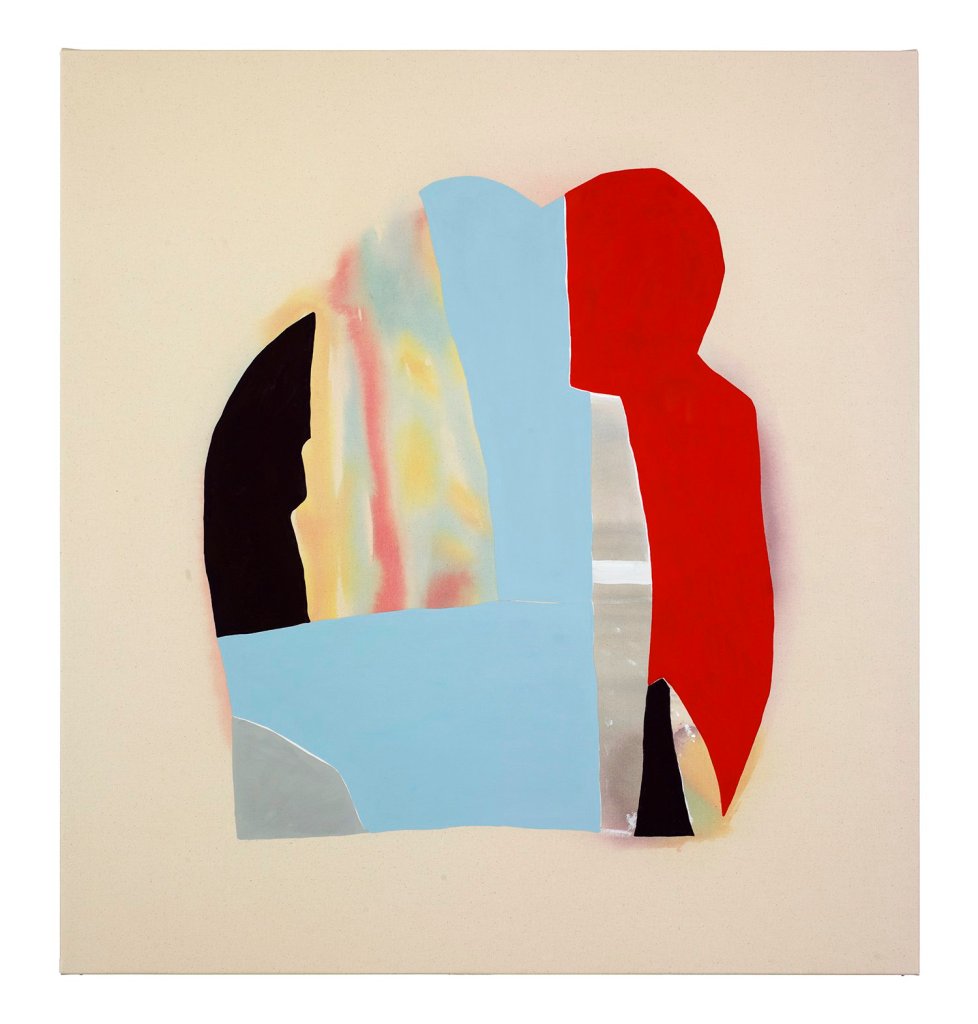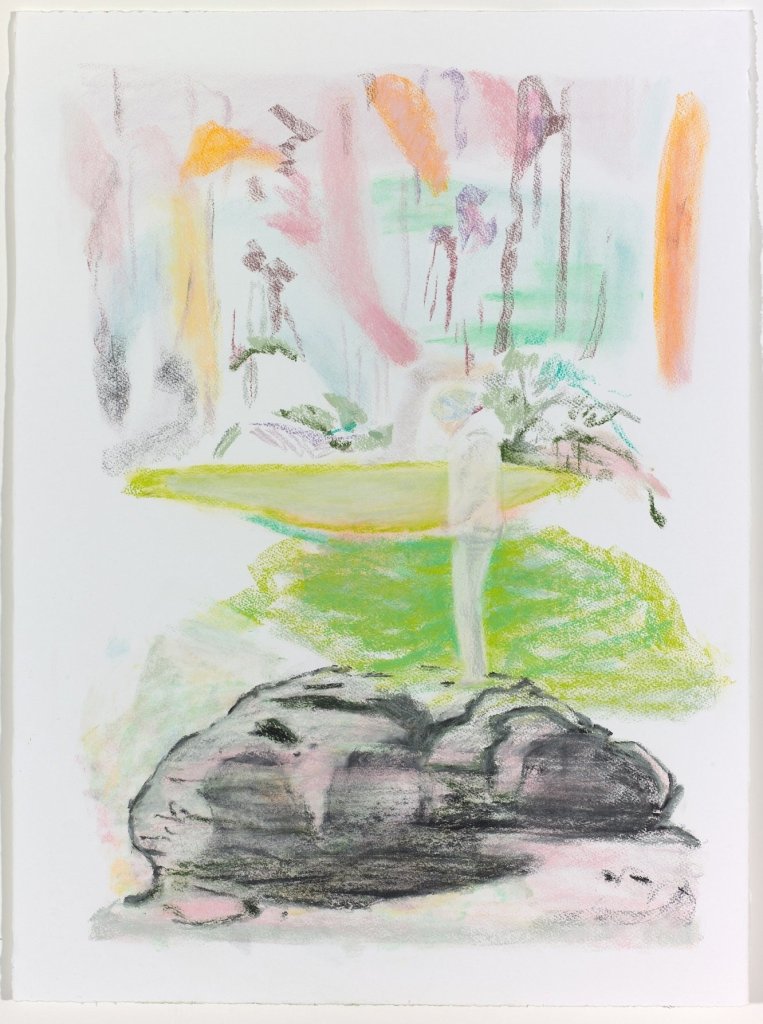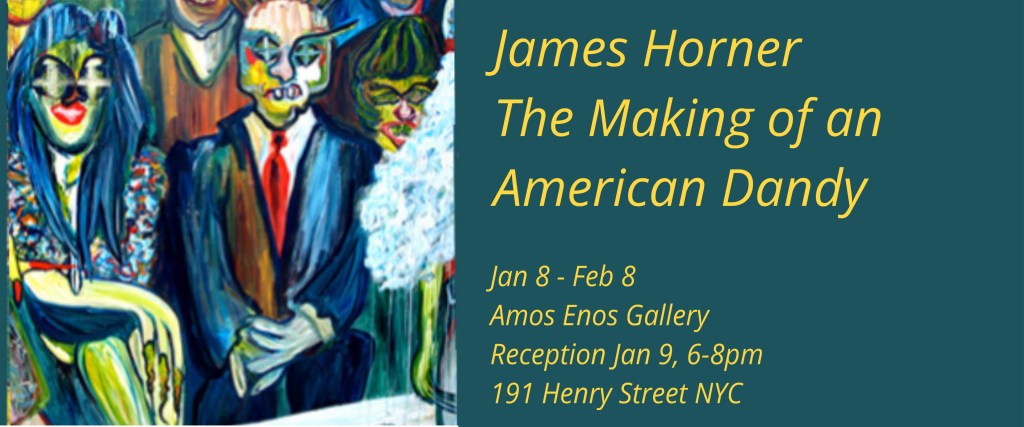
The poem must resist the intelligence / Almost successfully
— Wallace Stevens
Contributed by Mark Wethli / In an artist’s statement about her works on paper, Andrea Sulzer once wrote: “Instead of helping you find your way, these pages will help you get lost.” This notion not only sets aside a common assumption about what some viewers look for in a work of art, but also, in her choice of the word “pages,” connotes a different kind of art object altogether — something we’re meant to decipher, like a book or an atlas. She invites the viewer into a contemplative experience, grounded in uncertainty, that doesn’t purport to have the last word but presents a labyrinth of potential meanings that the artist welcomes us to explore. Like our first inkling of inspiration–what Emerson called our “gleams of light”–Sulzer’s art presents us with visual puzzles that resist logical interpretation but reward us instead with a quickening sense of our own creative intuition. Sulzer’s latest exhibition, “see through simple,” now on view at Sarah Bouchard Gallery in Woolwich, Maine, is a welcome opportunity to explore the work of this important mid-career artist.
Composed of energized lines, gestural marks, vibrant colors, and abstract forms, the distinctive blend of organic and hard-edge shapes in Sulzer’s work are the product of her ongoing investigation into the topological possibilities of form. Derived from her extensive background in drawing from nature, as well as art history, common objects, and motifs from her own earlier work, Sulzer’s meticulous pursuit of this distinctive vocabulary centers her attention, as well as ours, on the act of making and its myriad possibilities.

In 2014, Sulzer’s solo show at the Portland Museum of Art included her sculpture after Goya (witches), a fascinating and thought-provoking piece that showcases her creative process and her work overall. Fascinated by Francesco Goya’s painting, Witches’ Flight, and not sure where it would lead, Sulzer began by making a clay sculpture of the floating figures in the painting. She then filled the negative spaces around the figures with black modeling clay (reminiscent of the black void in the painting) until they were encased in a rough-hewn block. Finally, she sliced the block horizontally, like a loaf of bread, revealing MRI-like cross-sections of the witches’ bodies and the spaces around them, returning the forms to two-dimensions but from a very different perspective. In its reassembled state, in which we know what’s inside the black volume but can’t see it, after Goya (witches) is a fitting metaphor for the tension between the seen and the unseen, as well as the known and the unknown, that are hallmarks of Sulzer’s art.


In her new series of paintings, the plane of the canvas functions in a similar way, rendering familiar forms unnamable by presenting them in unusual or unexpected ways. Sulzer’s method of finding a shape and then modifying it–most often by reversing, folding, rotating, or recombining it, then tracing it onto the canvas–gives us a glimpse into her complex and highly intuitive process, as well as the sources and inspiration for her work.
Highly regarded for over 20 years for her richly detailed drawings, prints, sculptures, and public art commissions, this show marks Sulzer’s first major excursion into painting on canvas. She approached the new medium with some trepidation, knowing that for herself she would have to overcome the conventional notion of painting as an opaque medium entirely covering its support. Not surprisingly she decided to work on an open ground, as if she were drawing, to allow herself the space required for her mercurial process to unfold free of the obligation to “finish” a painting in the traditional sense. As a result, the work in this show has the provisional and open-ended quality of sketchbook pages, which belies its complex development and careful execution even as it suggests something private made public, fostering a sense of intimacy.

Another paradigm for Sulzer’s work is the art of printmaking, in which finished images have been transferred from other surfaces (such as a woodblock) through means that are not immediately apparent. The configurations we see on the canvas are the residue of forms and actions not fully in evidence, a cryptic reflection of life sensed solely through physical traces. Diaphanous clouds of pastel color floating behind the foreground elements are actually applied in thin washes from the back of the raw canvas and allowed to soak through, suggesting trompe l’oeil drop shadows behind floating, hard-edge shapes or the soft focus created by various depths of field. Like the mirroring that occurs when a print is pulled from a plate, the composition of these cloud-like forms is therefore the reverse of their original application. As in a print–notably a monotype–there is also some loss and unpredictability as colors bleed through the fabric.
The foreground elements in Sulzer’s work–most often flat, opaque shapes but also translucent ones–are applied more conventionally to the front of the canvas, but are also produced through filters of process and repetition, so that even apparently spontaneous marks are often distanced from their origins via tracing and re-tracing. When truly spontaneous marks and brushstrokes do occur, Sulzer subtly embeds them within a panoply of other visual languages, deepening the mystery of their provenance.


In constellations in the grass, for instance, a translucent, unfurling material is nestled among other shapes that seem to be moving in water or wind. While Sulzer denotes this central, cylindrical form through overlapping planes, elliptical volumes, and subtle value gradations, she stops short of a fully rendered representation. The red line that crosses the form, seemingly at random, is critical to identifying the near plane and essential to the balance and stability of the composition. The dark green shapes to either side of the central image, punctured with holes, seem to have been “printed” off-register over the same shapes in red, but just underneath them. This is both an illusion and a reference to a quirk of the printing process, even though printing was not how this image was actually produced. The holes themselves, like the cross-section in Sulzer’s Goya piece, seem to reflect prior phenomena–anything from the movement of subatomic particles to accidental drips or stains to a stenciled pattern. This ensemble floats above a wash of blue with a splash of terracotta, which adds yet another illusion of depth, only to collapse back into two-dimensional space by virtue of the neutral ground surrounding the image. Finally, and perhaps most intriguingly, a neat row of colors along the bottom edge grounds the design while vaguely recalling color separations, bar codes, or the graphic representation of sound waves.


These artful ambiguities raise other questions about the nature of what we’re seeing, and ultimately the process of our own perception and cognition. To the extent that more familiar images or relationships appear from time to time, they serve–not unlike the shifting consciousness between waking and dreaming–to place one foot in the visual world even as that world gives way to imagination, reinvention, and transformation. Seen in the intimate, luminous space of the gallery’s beautifully proportioned second-floor loft, overlooking the soft light of the Maine woods, the installation is like an artist’s chapel: hushed and sublime, and perfectly attuned to the inner world of the work on display. A rare experience, not to be missed.

“Andrea Sulzer:see through simple,” Sarah Bouchard Gallery, 13 Nequasset Pines Road, Woolwich, ME. Through June 23, 2024.
About the author: Mark Wethli is a painter and the A. Leroy Greason Professor of Art Emeritus at Bowdoin College.























Another excellent review!
Insightful and satisfying review of an extraordinary show.